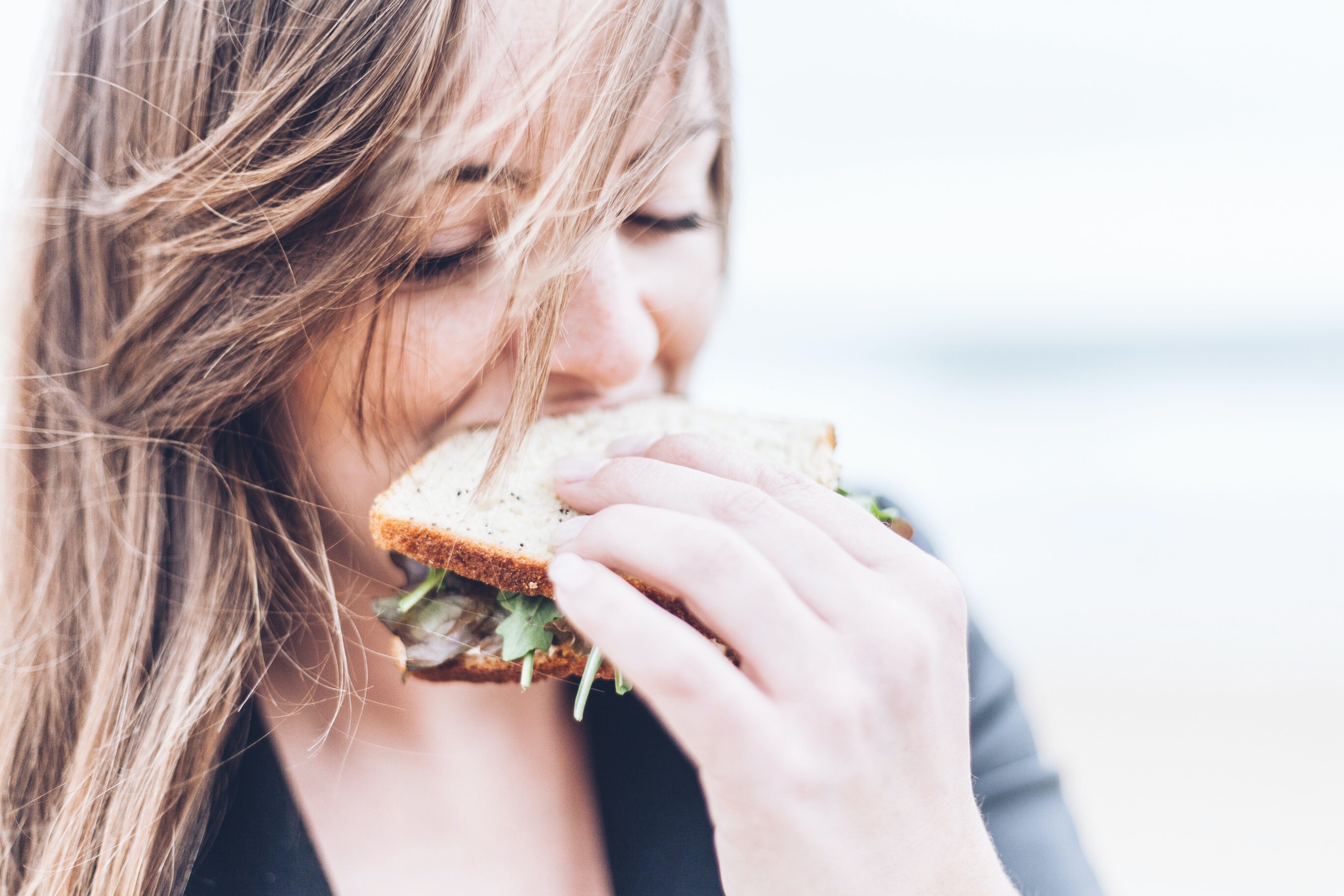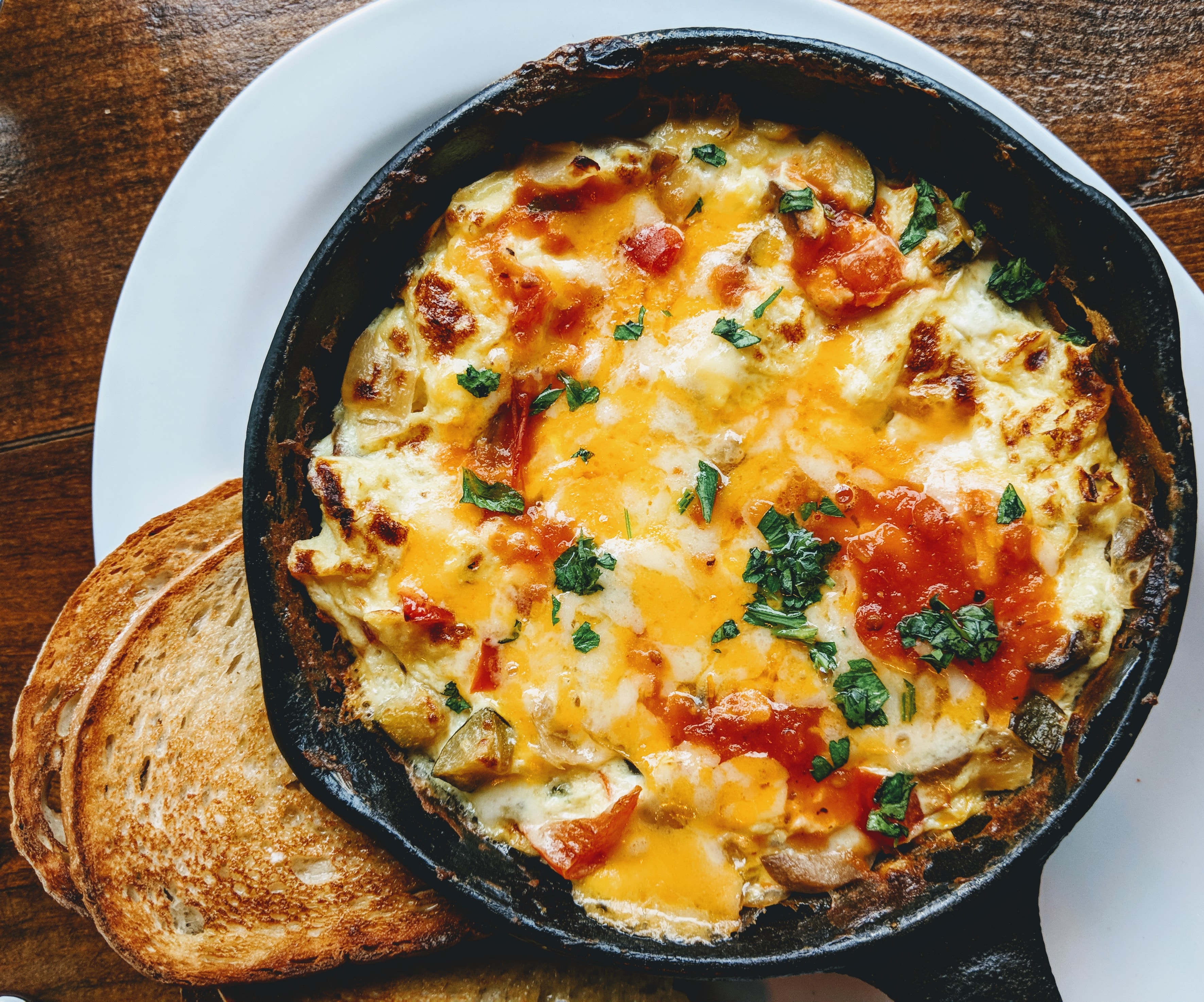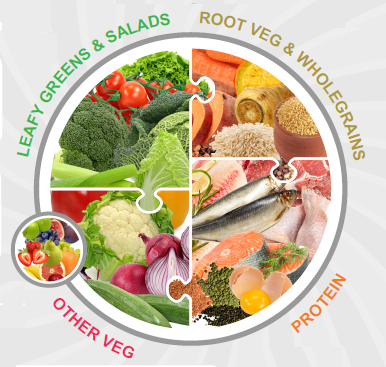Why am I always hungry? There are many reasons to feel hungry. Of course, the most obvious one is that I am actually physically hungry. Perhaps your stomach is empty, your blood sugar has dropped, and your hunger hormones are having a party.
But other times, the hunger may not be physical hunger. It may be a craving, blood sugar imbalance or an emotional trigger. These are common reasons why some people eat too much. It could be brought on by a certain type of diet, stress, or other things going on in life.
It’s easy to mistake “psychological” hunger for “physical” hunger.
I’m going to talk about the difference between both of these types of hunger, and give you some tips how to figure out which is which.
And, of course, I will give you a very filling recipe too!
Physical hunger vs. psychological hunger
Your “physical” hunger is regulated by the body through your hunger hormones. And of course, it should be. You don’t want to be completely drained of fuel and nutrients for a long time. So, you’re programmed to seek food when your body physically needs it. Some of those physical needs are that your stomach is empty or your blood sugar has dropped.
“Psychological” or “emotional” hunger is eating to overcome boredom, sadness, stress, etc. It’s based on a thought or feeling. It’s what happens when you see a great food commercial or smell a bakery. It’s not from your empty stomach or low blood sugar.
So, here’s how to tell which is which.
Eight steps to figure out if you’re physically hungry or not
1 – The first thing you need to do is stop to evaluate. Scarfing down that protein bar at the first sign of hunger isn’t necessarily going to help you.
2 – Now that you’ve stopped. Pay attention to where this hunger is coming from. Can you actually feel or hear your stomach growling? Did you skip a meal, and haven’t eaten in hours? Or are you seeing and smelling something divinely delicious? Perhaps you’re bored, sad, or stressed? Take a peek into all these areas and really pay attention.
3 – Have a big glass of water. Now observe your hunger feeling for at least a minute. Really dig into the source of the feeling. It can be easy to jump to a conclusion, but that may or may not be the right one. So listen to your body and mind very deeply.
4 – If you do find that your feelings may be the source, then face them. Acknowledge and observe them. They may just be needing comfort and recognition, even if they sound like they need food. Try deep breathing, having a stretch, or going for a quick walk to release some of these emotions; this also gives your mind a chance to focus on something other than the feeling of hunger.
5 – If you’re pretty sure that your body physically needs nutrition, just wait a few more minutes to make sure.
6 – Now you can be fairly sure whether your hunger was from emotions, boredom, thirst, or actual physical hunger.
7 – If it’s physical hunger, feel free to eat healthy and nutritious food. To fill you up the food you eat should be high in protein, fibre, and water. Eat slowly and mindfully. Chew well and savour every bite of it.
8 – Rinse and repeat at the next sign of hunger.
To learn more about this, contact Kate for a free 15 minute breakthrough call.
Conclusion
The feeling of hunger can manifest for many reasons. Of course, if you’re physically hungry and need the food and nutrients, then this is what it’s for!
But often, there is an underlying psychological or emotional reason you might feel hungry.
Now you know my eight steps to figure out if your physical body is hungry, or if you’re bored, sad, or stressed.
Use this process over and over again to feed your body what it actually physically needs (and not overdo it).
Recipe (Filling): Slow-Cooker Roast Beef and Potatoes
Serves 6
Ingredients
2 onions, sliced (do this and go to step 1 before preparing the rest of the ingredients)
4 lb beef roast
1 lb potatoes, peeled & chopped
1 lb carrots, peeled & sliced
2 celery sticks, sliced
2pinches dried thyme or sage or parsley
2 cloves garlic crushed
2 pinches salt & pepper
Instructions
Place a layer of sliced onion at the bottom of the slow cooker. Put the lid on and turn up to high; this will start caramelizing the onions while you wash and slice the rest of the ingredients.
When all ingredients are ready, take off slow cooker lid and add meat and the prepared vegetables, garlic, herbs, and spices.
Cook on high for 3 – 5 hrs, or on low for 6 – 8hrs, or until done.
Serve & enjoy!
Tip: You can substitute different vegetables if you like. For example, you can use sweet potatoes in place of the regular potatoes; or parsnips instead of carrots.
References:
Photo by Gardie Design & Social Media Marketing on Unsplash









